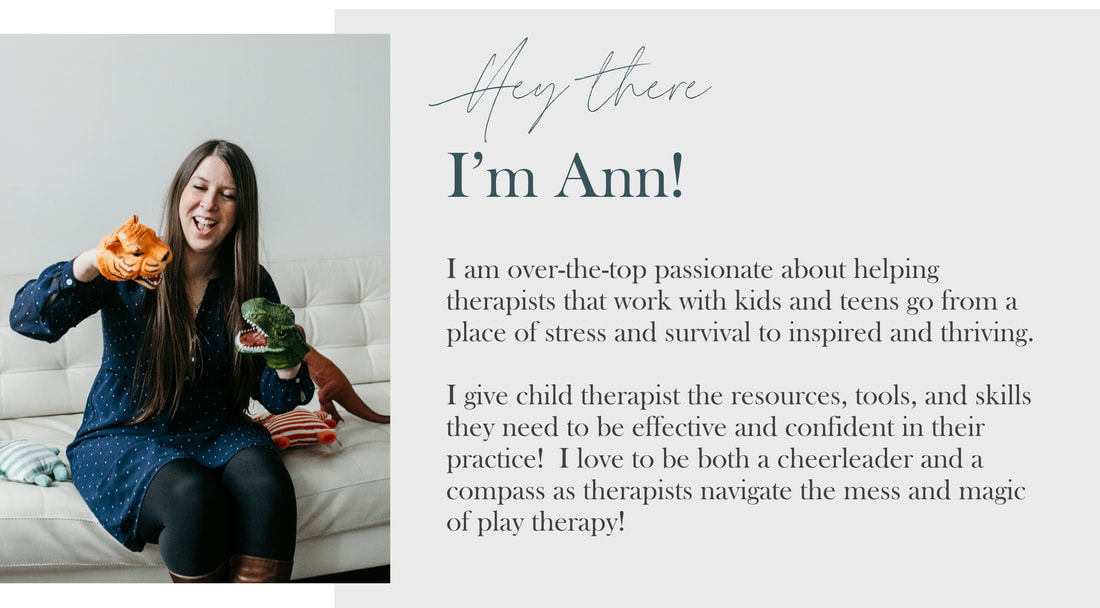|
Have you ever had a teen client where you know something is up?
Well… probably because you got a heads up from their parent, that likely came with an agenda that they will talk about it and “fix” it in therapy. You know the stuff - failing grades, sneaking out, the epic explosion that happened in the living room last night.
And as you start the session maybe you do a check in with what’s been going on for the week and progress on goals for last week. That’s totally my style.
And during this check in you get a response like “nothing” and “I don’t want to talk about it”. Ahh… the dreaded resistance. Okay… so if I gently reframe resistance I like to say - difficulty with engagement. It’s the teen that maybe feels ashamed or embarrassed and it feels scary to get into it. Maybe they aren’t sure if you’ll be on their side and if they will feel validation. Maybe it feels too complex and even if they wanted to talk about it they couldn't because they feel so mixed-up. It feels safer to be quiet than to engage. If you work with kids, you’ve definitely been here. So this is where I most often either roll with resistance and honor their wishes and bookmark it to come back to OR I engage in the powers of play therapy (with their permission of course). Which one to take out of the therapist toolbox definitely depends on the teen, how much rapport is in your rapport bank, and what the exact topic is they are avoiding. Sometimes this looks like an invitation to play, a specific activity, or even a statement putting the teen in control. This can look like “well…we have 50 minutes left - we can do a sand tray, an art project, or a game OR we can talk or not talk - what do you think?” And in my experience - they almost always choose play! Here are the top 3 reasons why Play Therapy can break through resistance with teens: It is a less threatening way to communicate The most ahhh-mazing thing about Play Therapy is it is a way to access those difficult, troubling, and often overwhelming dynamics while still maintaining the ability to stay present. Because Play Therapy, creating art, doing sand tray, or creating stories has an element of fun, it helps us stay engaged in our prefrontal cortex and out of our fight/flight response that can be flooding for teens! It can help with articulation and insight Play Therapy is more about “show me” and a bit less about “tell me”. Because teens might have difficulty with feeling flooded or overwhelmed by content they are bringing into therapy pivoting the focus to creativity and right hemisphere activation (the visual centers and picture centers) as opposed to left hemisphere (the verbal and concrete areas of the brain) teens may be able to more easily make sense and communicate their experience leading to more self insight! You can do the work without being direct If teens don’t want to talk about a specific topic or difficult issue, Play Therapy doesn’t require them to! If a teen had a fight with their friend that they don’t want to talk about Play Therapy can help them focus on a sand tray or drawing on the skills they need to move through the distress. If a teen is struggling with limits being set by a parent and don’t want to get into it, they can create a sand tray about any world they want. For a teen that is grieving a breakup you can focus on the creative expression of sadness vs. talking about the details of the breakup. These are the top 3 reasons I use Play Therapy to break through resistance with teens. What are your favorite reasons? Comment below! If you are looking for more support in your work with teens and tweens in the playroom check out my course Growing Out Of The Playroom: Teens and Tweens in Play Therapy! Loading...
0 Comments
Leave a Reply. |
Hi, there!I'm Ann Meehan, an LPCC, Loading... Archives
July 2024
Categories
All
|
Privacy Policies | Terms of Use | Disclaimer
Contact
[email protected] | Copyright Meehan Mental Health Services 2022
Contact
[email protected] | Copyright Meehan Mental Health Services 2022







